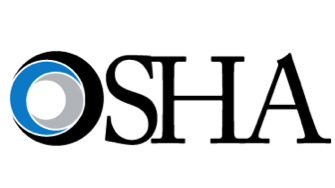By preventing routine government collection of information that may be quite sensitive, including descriptions of workers’ injuries and body parts affected, OSHA is avoiding the risk that such information might be publicly disclosed under the Freedom of Information Act (FOIA). This rule will better protect personally identifiable information or data that could be re-identified with a particular worker by removing the requirement for covered employers to submit their information from Forms 300 and 301. The final rule does not alter an employer’s duty to maintain OSHA Forms 300 and 301 on-site, and OSHA will continue to obtain these forms as needed through inspections and enforcement actions.
In addition, this rule will allow OSHA to focus its resources on initiatives that its past experience has shown to be useful—including continued use of information from severe injury reports that helps target areas of concern, and seeking to fully utilize a large volume of data from Form 300A—rather than on collecting and processing information from Forms 300 and 301 with uncertain value for OSHA enforcement and compliance assistance.
The agency is also amending the recordkeeping regulation to require covered employers to electronically submit their Employer Identification Number with their information from Form 300A. The final rule’s requirement for employers to submit their EIN to OSHA electronically along with their information from OSHA Form 300A will make the data more useful for OSHA and BLS, and could reduce duplicative reporting burdens on employers in the future.
OSHA has determined that this final rule will allow OSHA to improve enforcement targeting and compliance assistance, protect worker privacy and safety, and decrease burden on employers.
Collection of Calendar Year 2018 information from the OSHA Form 300A began on January 2, 2019. The deadline for electronic submissions is March 2, 2019.













